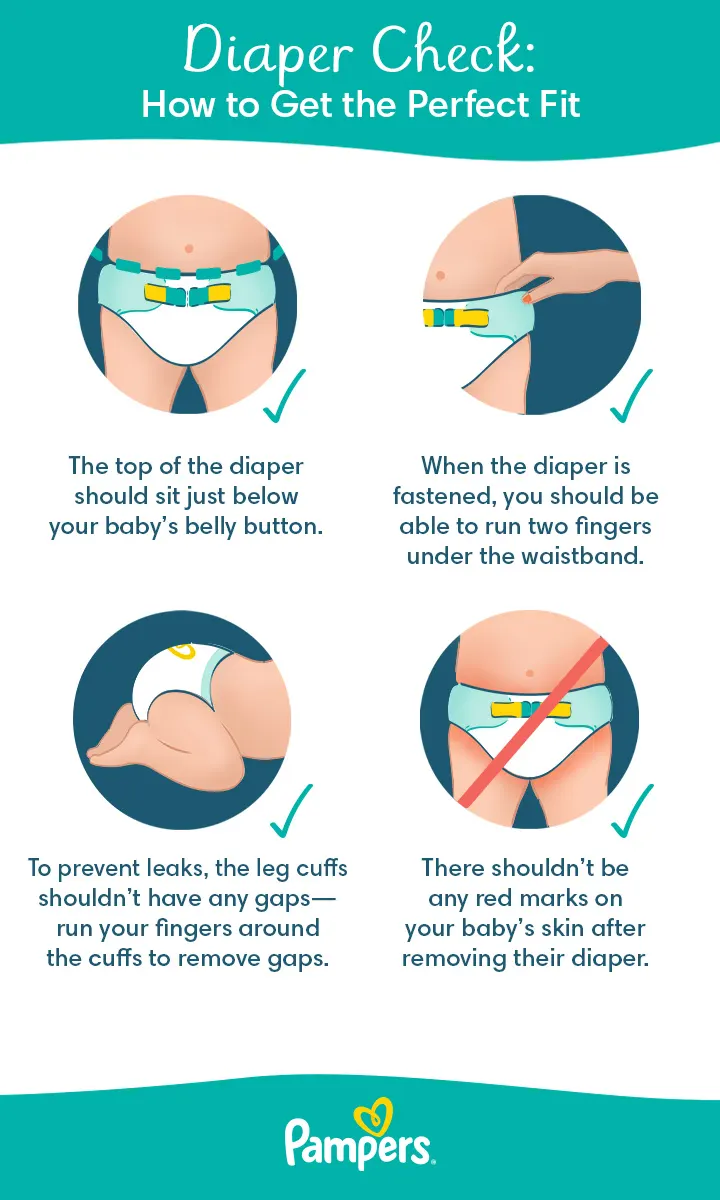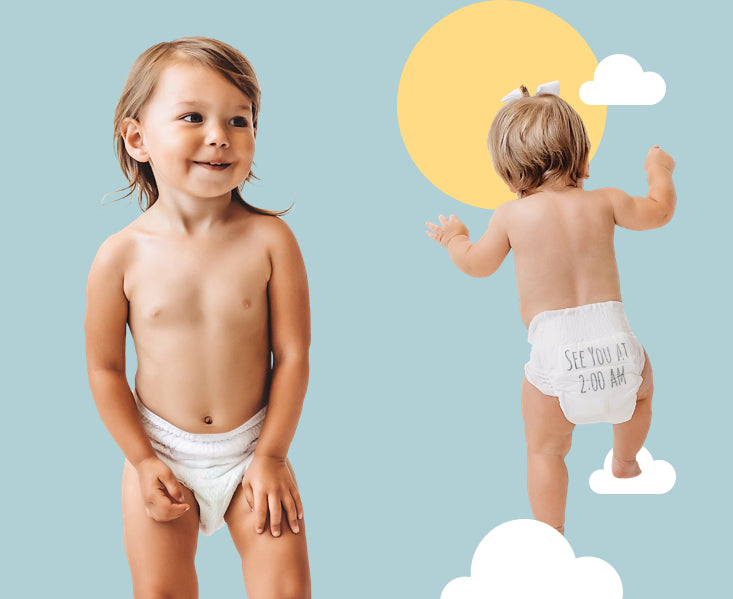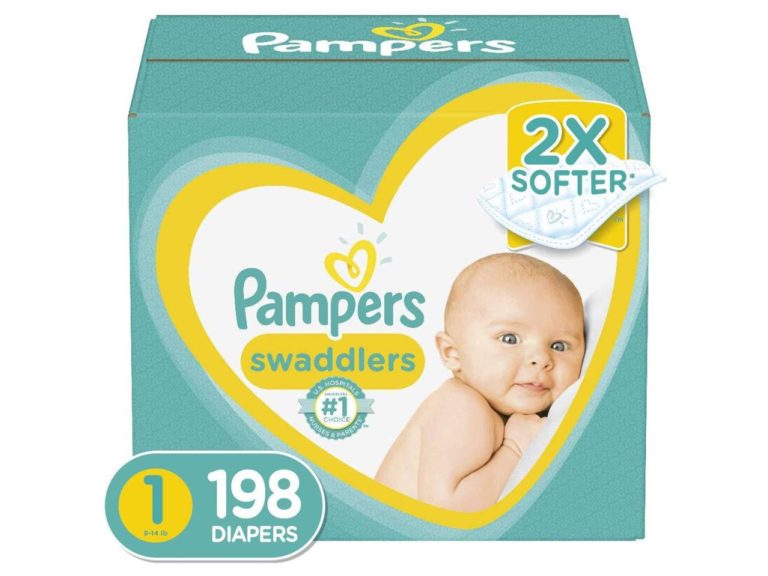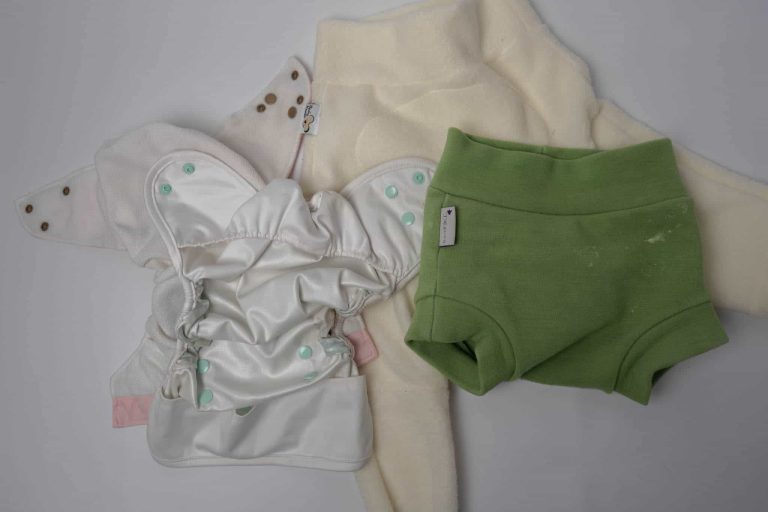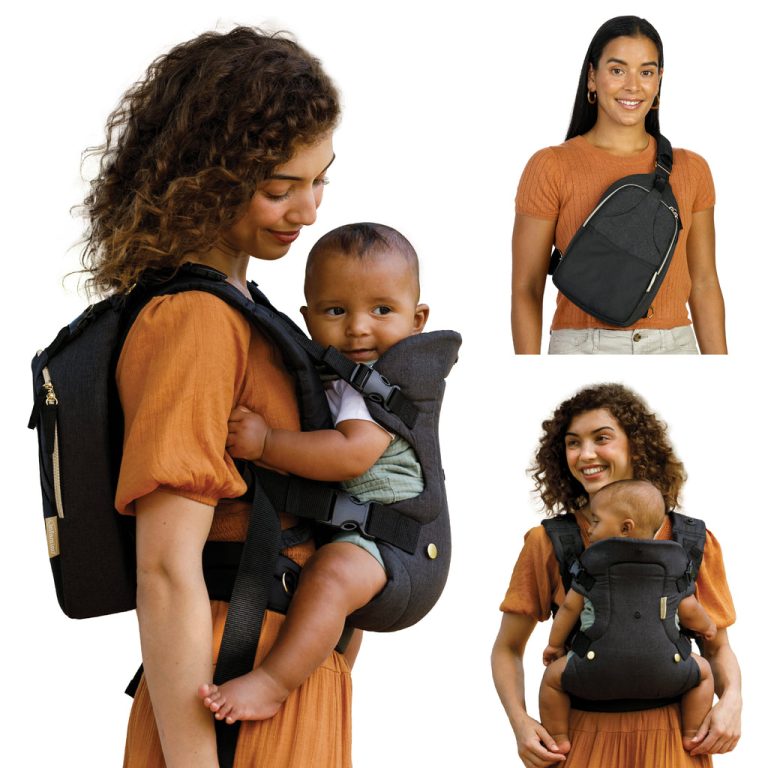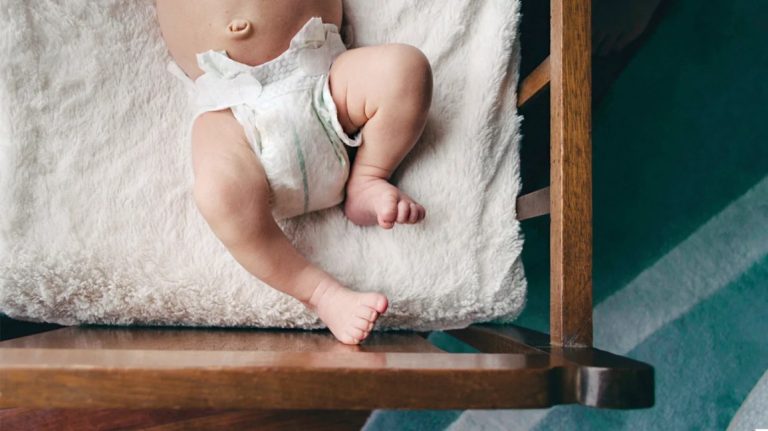How Do You Know When Baby Outgrows Diaper: Key Signs to Watch
You know your baby has outgrown their diaper when it frequently leaks or leaves red marks on their skin. Parents often wonder when it’s time to switch diaper sizes for their baby.
Frequent leaks and red marks are clear signs. Diapers should fit snugly but comfortably around the waist and legs. Too-tight diapers can cause discomfort and rashes, affecting your baby’s happiness. Regularly check the fit and adjust as your baby grows.
Babies grow quickly, so keeping an eye on diaper fit is essential. Knowing when to size up ensures your baby stays dry and comfortable. This guide helps parents identify signs their baby needs a larger diaper, ensuring a happy and comfortable baby.
Signs Of Diaper Outgrowth
Babies grow quickly, and their needs change just as fast. Knowing when your baby has outgrown their diaper is essential. Frequent leaks and red marks on the skin are common indicators. Understanding these signs can help you keep your baby comfortable and happy.
Frequent Leaks
Frequent leaks are a clear sign. If your baby’s diaper leaks often, it might be too small. Diapers need to fit snugly to prevent leaks.
Use this simple test to check the fit:
- Place a finger between the diaper and your baby’s skin.
- If it’s tight, the diaper is too small.
- If there’s too much space, it might be too big.
Leaks during the night can disrupt sleep. This is frustrating for both you and your baby. Switching to a larger diaper size can resolve this issue.
Red Marks On Skin
Red marks on your baby’s skin indicate discomfort. Tight diapers can cause these marks. They usually appear around the waist and thighs.
To prevent red marks:
- Check the diaper size regularly.
- Adjust the tabs for a comfortable fit.
- Ensure the diaper isn’t too tight.
If red marks persist, consider a larger diaper size. This will provide more comfort for your baby.
| Sign | Solution |
|---|---|
| Frequent Leaks | Switch to a larger size |
| Red Marks | Adjust fit or size |
Behavioral Changes
As babies grow, their behaviors change. These changes can signal that it’s time for a diaper upgrade. Paying attention to your baby’s behavior can help you decide if they have outgrown their current diaper size.
Increased Fussiness
Increased fussiness is a clear sign. Babies might cry more often. They might seem uncomfortable or irritable. This could indicate that their diaper is too tight.
A tight diaper can cause skin irritation. It can make babies feel restricted. If your baby is fussier than usual, it might be time for a bigger diaper size.
Discomfort During Diaper Changes
Discomfort during diaper changes is another key indicator. Babies might squirm or cry when you change their diaper. This discomfort can suggest that the diaper is too small.
| Behavior | Possible Reason |
|---|---|
| Squirming | Diaper too tight |
| Crying | Diaper causes discomfort |
Observe your baby’s reactions during diaper changes. If they seem distressed, it might mean the diaper is no longer a good fit.
Physical Indicators
Babies grow fast! Knowing when they outgrow their diapers is vital. Physical indicators can help you decide if it’s time for a change. These signs include a tight waistband and difficulty fastening tabs.
Tight Waistband
A tight waistband is a clear sign. Your baby might show discomfort. If the diaper leaves red marks, it’s too tight. Check the waist regularly. A snug fit is important, but it shouldn’t be tight.
Babies need comfort while moving and playing. A tight waistband can cause irritation. Look for signs of redness or indentations. These are indicators the diaper is too small.
Difficulty Fastening Tabs
Difficulty fastening tabs is another indicator. Struggling to close the diaper means it’s too small. The tabs should close easily. If they don’t reach, it’s time for a bigger size.
Tabs that pop open are also a sign. Secure tabs ensure no leaks. Check the fit when putting on a new diaper. Ensure the tabs are secure but not too tight.
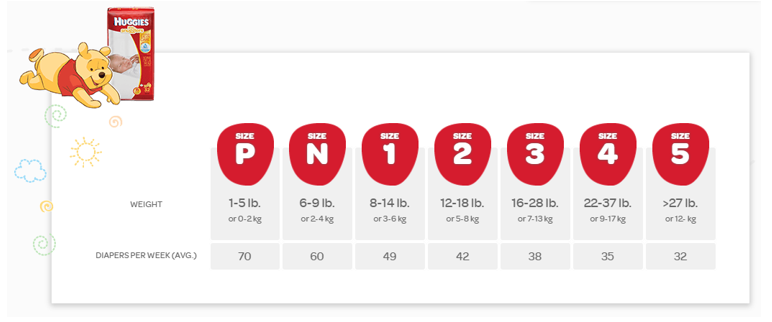
Credit: www.askdrsears.com
Diaper Fit Assessment
Ensuring your baby’s diaper fits well is crucial. A poor fit can cause leaks and discomfort. Regularly check the fit to see if your baby needs a bigger size.
Proper Waist Fit
The diaper should snugly wrap around the waist. You should be able to fit two fingers between the diaper and the waist. If the diaper leaves red marks, it’s too tight. If it’s too loose, leaks can occur.
Leg Openings Check
Inspect the leg openings for gaps. The diaper should hug the baby’s legs without leaving red marks. Leaks often occur if the leg openings are too loose. If they are too tight, it can cause discomfort.
| Fit Area | Signs of Poor Fit | Actions to Take |
|---|---|---|
| Waist | Red marks, gaps | Adjust or size up |
| Leg Openings | Leaks, red marks | Adjust or size up |
- Check fit regularly.
- Ensure comfort and prevent leaks.
Diaper Size Guide
Knowing when your baby has outgrown their diaper is essential. A proper diaper size guide ensures your baby remains comfortable and dry. This section will help you understand the right size for your baby using weight and age guidelines.
Weight Recommendations
Diaper sizes are primarily based on a baby’s weight. Use the table below to find the best fit:
| Diaper Size | Weight Range (lbs) |
|---|---|
| Newborn | Up to 10 lbs |
| Size 1 | 8-14 lbs |
| Size 2 | 12-18 lbs |
| Size 3 | 16-28 lbs |
| Size 4 | 22-37 lbs |
| Size 5 | 27+ lbs |
| Size 6 | 35+ lbs |
If your baby’s weight falls between sizes, choose the larger size. This helps avoid leaks and ensures a comfortable fit.
Age-based Guidelines
Age can also help determine the right diaper size. Below is a general guide:
- Newborn: Birth to 2 months
- Size 1: 2 to 4 months
- Size 2: 4 to 7 months
- Size 3: 7 to 12 months
- Size 4: 18 to 24 months
- Size 5: 24+ months
- Size 6: 36+ months
These age ranges are general. Always check your baby’s weight and fit. Babies grow at different rates.
Using both weight and age guidelines will help you find the perfect diaper size. This ensures your baby stays comfortable and happy.
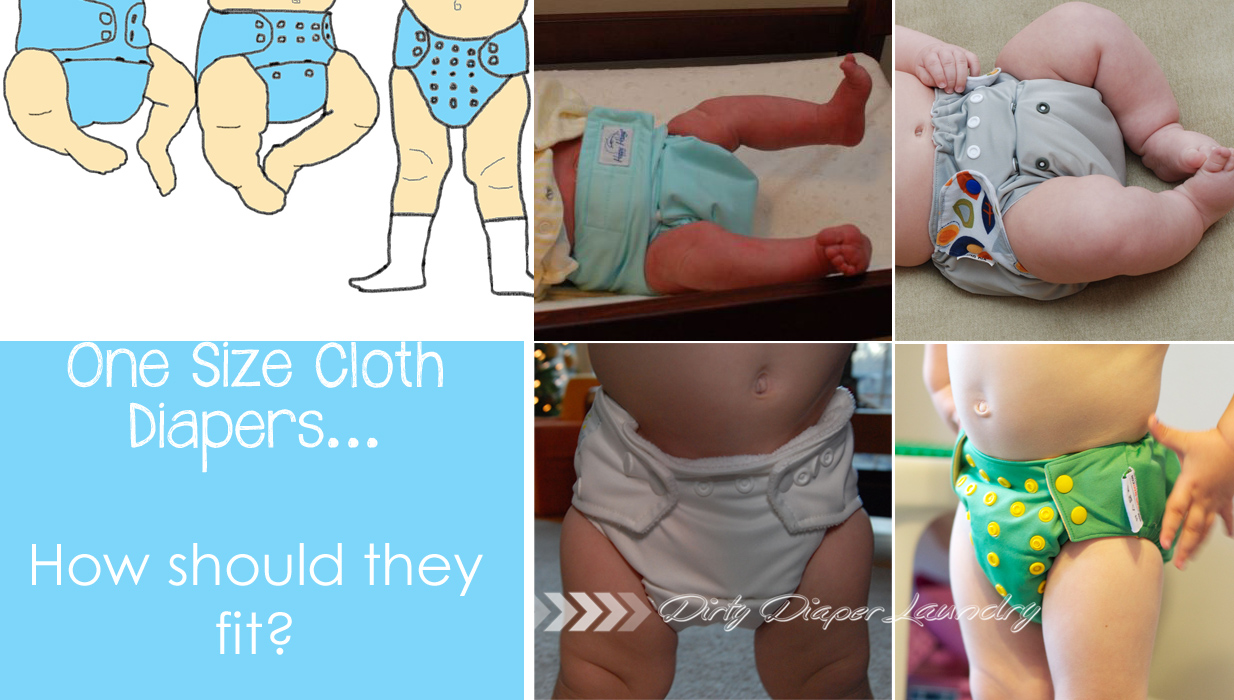
Credit: dirtydiaperlaundry.com
Common Mistakes
Parents often make mistakes when figuring out if their baby needs a bigger diaper. These errors can lead to discomfort and leaks. Here are common mistakes to avoid.
Ignoring Size Charts
Size charts are there to guide parents in choosing the right diaper. Each diaper brand has its own chart. These charts help match your baby’s weight to the correct diaper size.
Ignoring these charts can cause problems. A diaper that is too small can cause leaks. It can also lead to rashes and discomfort.
Always check the size chart on the diaper package. If your baby is between sizes, choose the larger size. This ensures a better fit and comfort.
Overlooking Weight Gain
Babies grow fast. They gain weight quickly, especially in the first year. Overlooking weight gain can lead to using the wrong diaper size.
Regularly weigh your baby. Compare their weight to the diaper size chart. This helps you know if it’s time to move up a size.
A good rule is to check your baby’s weight every month. Keep an eye on signs like red marks or leaks. These can indicate the diaper is too small.
| Baby’s Weight | Diaper Size |
|---|---|
| Up to 10 lbs | Newborn |
| 8-14 lbs | Size 1 |
| 12-18 lbs | Size 2 |
| 16-28 lbs | Size 3 |
| 22-37 lbs | Size 4 |
Transitioning To New Size
Babies grow quickly, and their diaper needs change too. Knowing when to switch to a new size can be tricky. This section will guide you through the process of transitioning to the next diaper size, ensuring your baby stays comfortable and happy.
Choosing The Next Size
Choosing the right size diaper is crucial for your baby’s comfort. There are a few signs that indicate it’s time to move up a size:
- Frequent leaks: If the diaper often leaks, it’s too small.
- Red marks: Red marks on the baby’s skin show tightness.
- Difficulty fastening: Struggling to fasten the diaper means it’s snug.
Diaper brands have size charts based on baby’s weight. Refer to these charts to select the appropriate size. Here is a general guide:
| Diaper Size | Baby Weight |
|---|---|
| Newborn | Up to 10 lbs |
| Size 1 | 8-14 lbs |
| Size 2 | 12-18 lbs |
| Size 3 | 16-28 lbs |
Gradual Introduction
Introducing a new diaper size gradually helps your baby adjust. Follow these steps for a smooth transition:
- Purchase a small pack: Buy a small pack of the new size first.
- Test during the day: Use the new size during the day to monitor fit.
- Observe comfort: Check for any signs of discomfort or irritation.
- Alternate sizes: Alternate between old and new sizes for a few days.
- Fully switch: Once confident, fully switch to the new size.
Gradual introduction ensures your baby remains comfortable. It also allows you to monitor and address any issues promptly.

Credit: www.wikihow.com
Parental Tips
Knowing when your baby outgrows a diaper is important. It ensures your baby’s comfort and health. Follow these parental tips to keep track of your baby’s growth.
Monitoring Growth Patterns
Babies grow quickly. Keeping an eye on their growth patterns helps. Track their weight and height regularly. Check the diaper size chart on the packaging. Compare it with your baby’s measurements.
Here is a simple table to guide you:
| Weight Range (lbs) | Diaper Size |
|---|---|
| Up to 10 | Newborn |
| 8-14 | Size 1 |
| 12-18 | Size 2 |
| 16-28 | Size 3 |
Regular Diaper Checks
Regular diaper checks are essential. Inspect the diaper fit daily. Ensure the diaper covers the baby’s bottom completely. There should be no gaps around the legs or waist.
- Check for red marks on the skin.
- Notice if the diaper leaks often.
- Observe if the diaper feels tight.
If you see any of these signs, your baby may need a larger size. Changing the diaper size timely ensures your baby’s comfort and prevents rashes.
Frequently Asked Questions
How To Tell If Diaper Is Too Small?
If the diaper leaves red marks on your baby’s skin, it’s too small. Frequent leaks can also indicate a poor fit. Check the weight guidelines on the diaper packaging for reference.
What Are Signs Baby Needs Bigger Diaper?
Signs include frequent leaks, red marks on the waist or thighs, and difficulty fastening the diaper. If the diaper looks snug and uncomfortable, it’s time to size up.
How Often Should Diaper Size Be Checked?
Check diaper size every few weeks, especially during growth spurts. Babies grow quickly, and frequent checks ensure a comfortable fit. Adjust sizes based on your baby’s weight and comfort.
Can A Tight Diaper Affect Baby’s Health?
Yes, tight diapers can cause skin irritation and rashes. They can restrict movement, causing discomfort. Always ensure the diaper fits well and isn’t too tight around the waist and legs.
Conclusion
Recognizing when your baby outgrows diapers is crucial for their comfort and health. Pay attention to signs like leaks and marks on their skin. Always choose the right diaper size to ensure a happy and comfortable baby. Trust your instincts and observe your baby’s needs closely.

